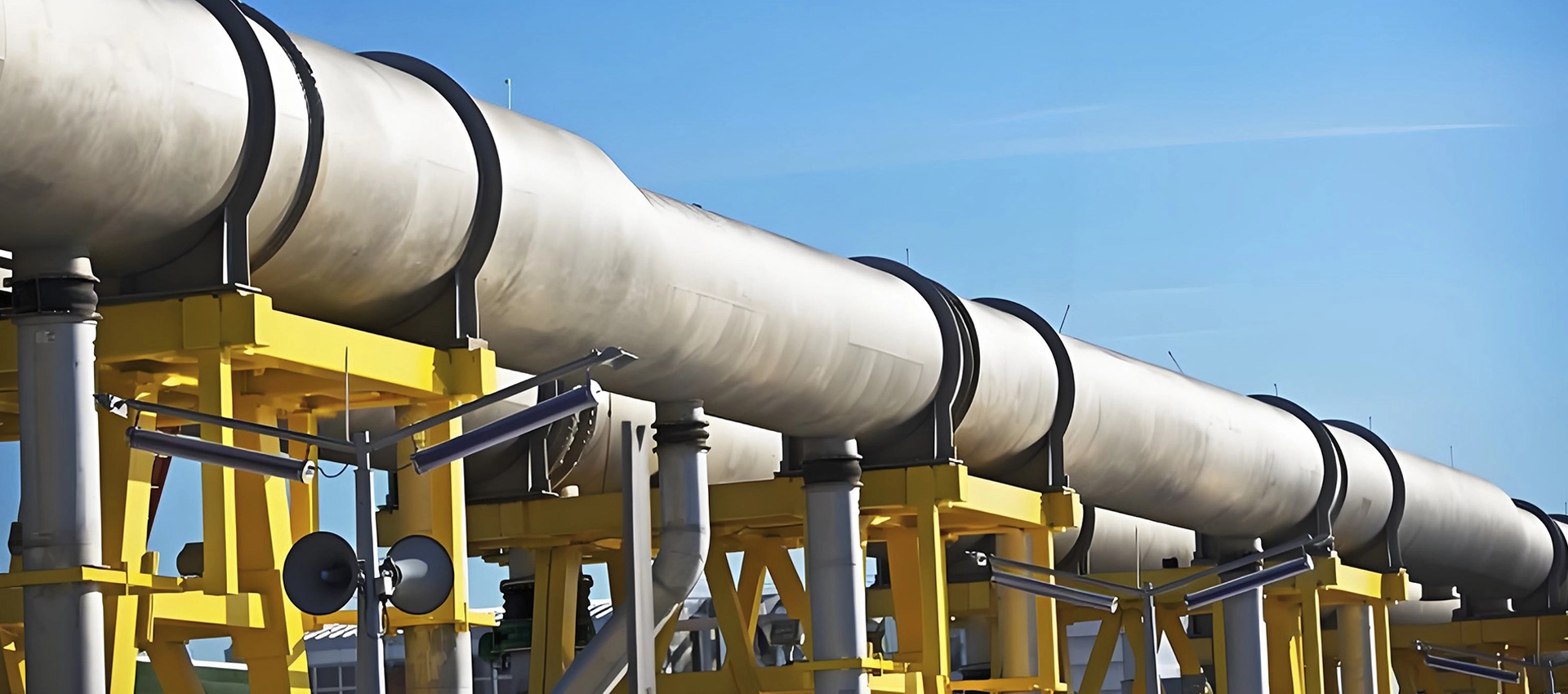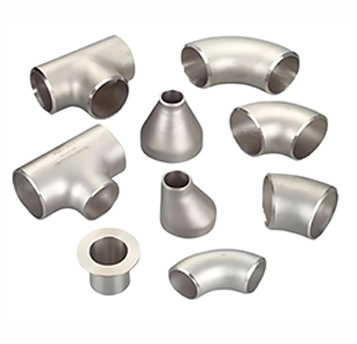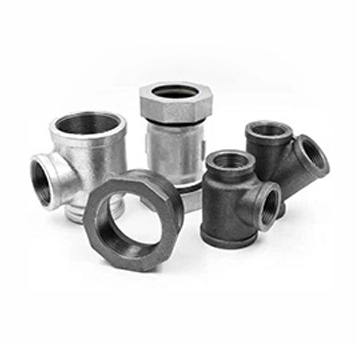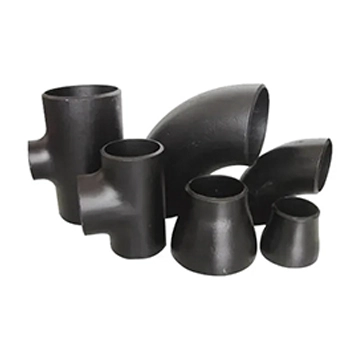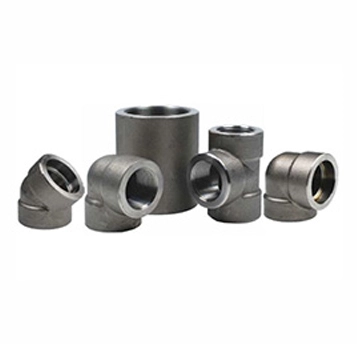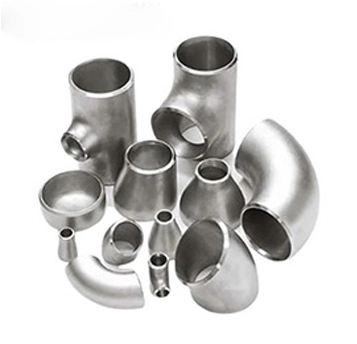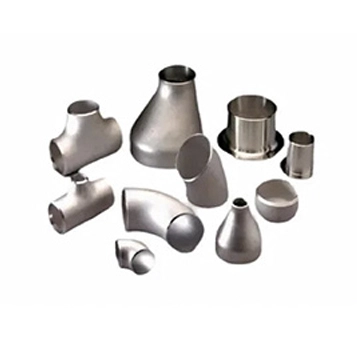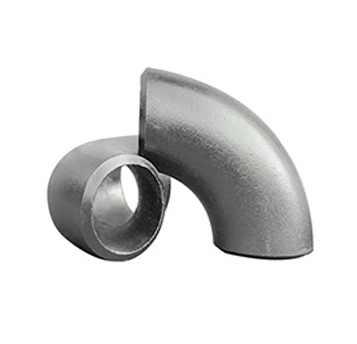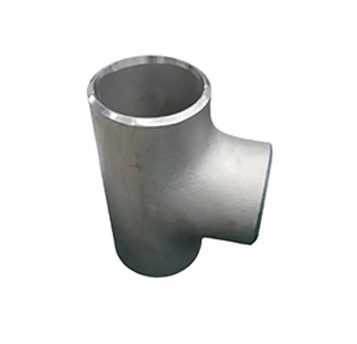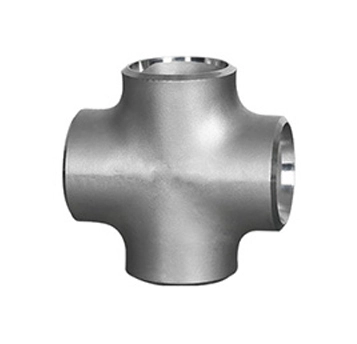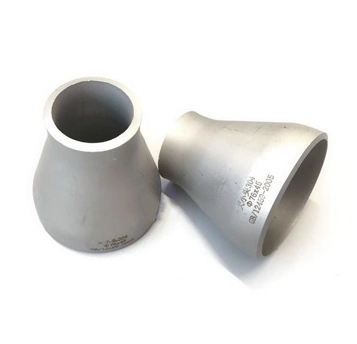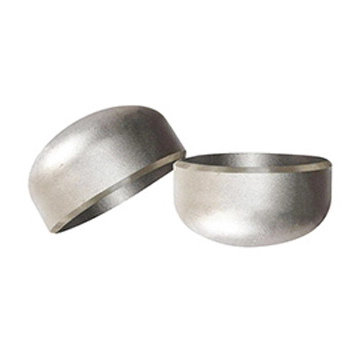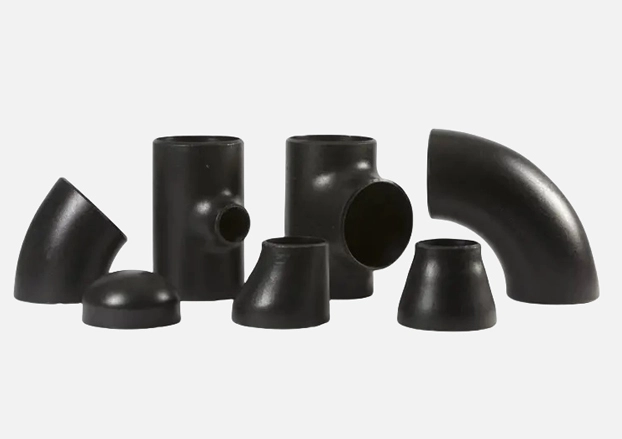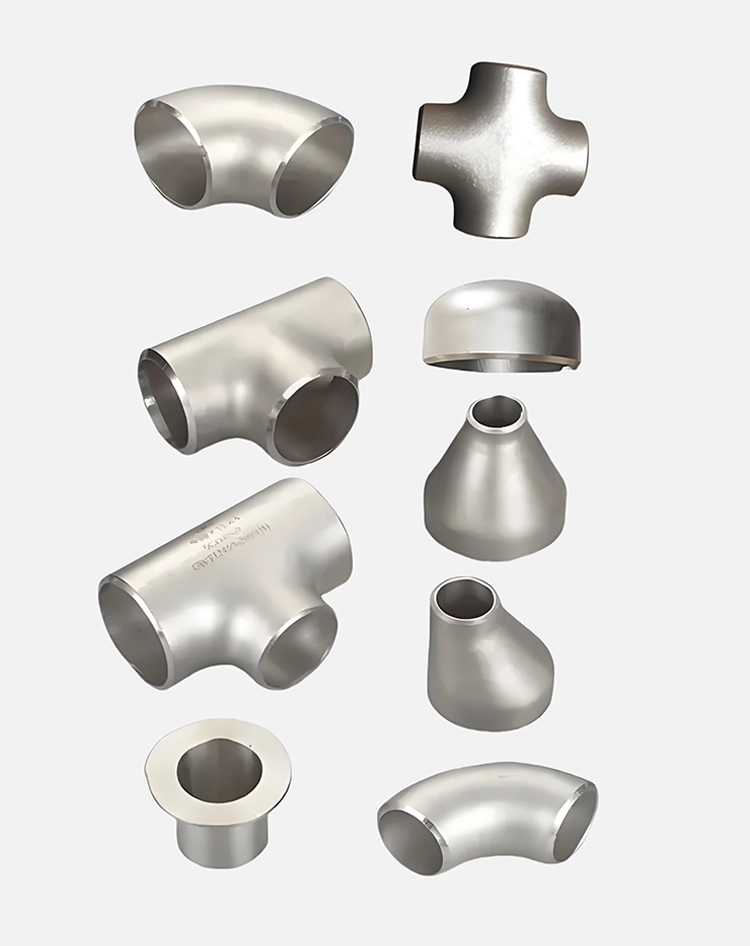The role of steel tube fittings wholesale in the piping system
First, they connect steel pipes and combine scattered steel pipes into complete pipelines through welding, threads or flanges. For example, in oil pipelines, steel straight pipe fittings connect steel pipes in the form of welding to ensure smooth flow of oil and good sealing.
Secondly, steel tube fittings wholesale can change the flow direction of fluids. For example, 90° elbows can change the flow of fluids from horizontal to vertical, and tee pipe fittings can realize fluid diversion or confluence, which is used for the distribution and aggregation of industrial cooling water systems.
What are the applications of steel pipe fittings?
Steel tube fittings wholesale are widely used and are key components for building various pipeline systems.
In the field of oil and gas, they are used to connect long-distance pipelines to ensure long-distance, high-pressure transportation of oil and gas.
In the construction industry, steel pipe fittings connect water supply and drainage pipes. Elbows allow pipes to run along the building structure, and tees allow pipes to branch to meet the water needs of different floors and rooms.
In the chemical industry, steel pipe fittings connect pipes of reactors, towers and other equipment. Their corrosion resistance can cope with media such as acids and alkalis.
In the power industry, they are used for cooling water and steam pipes in power plants. The high strength and high temperature resistance of steel pipe fittings adapt to complex working conditions.
In addition, steel pipe fittings are also used in pipeline systems of ships, offshore platforms, etc. Their robustness and ability to adapt to harsh environments ensure the stable transmission of various fluid media.
 EN
EN

